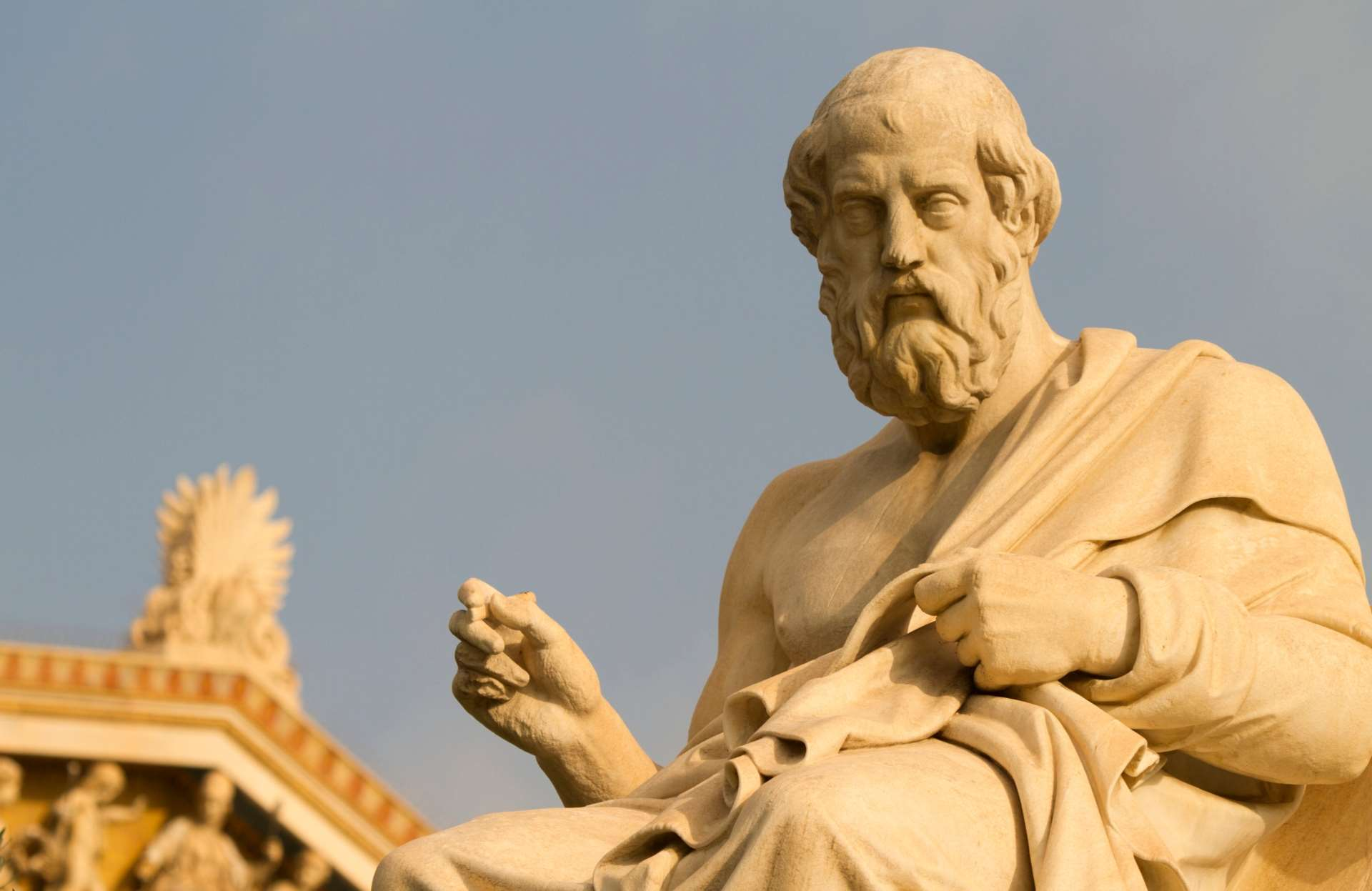The Parthenon is one of the most iconic monuments in the world, yet there are still many lesser-known facts about its history and construction. Here are ten captivating insights that shed light on this timeless symbol of ancient Greek civilization:
1. The Existence of a Pre-Parthenon
While the Parthenon is the most famous structure on the Acropolis, it wasn’t the first temple built on that site. Before its construction, a temple dedicated to the goddess Athena—now referred to as the “Pre-Parthenon”—was already being built. However, it was destroyed in 480 BCE during the Persian Wars. About 30 years later, the reconstruction of the current Parthenon began under the direction of architects Iktinos and Kallikrates, along with the renowned sculptor Phidias. The construction took approximately ten years, from 447 to 438 BCE.
2. The Parthenon Was Once Full of Color
We tend to picture the Parthenon in brilliant white marble, but it was originally decorated in vivid hues. Using infrared light, researchers have discovered traces of red, blue, and gold pigment on the temple’s surface. In fact, some of the color is still faintly visible to the naked eye. Over centuries, the colors faded due to weathering, leaving the soft gray tones we see today. Check out these stunning images.
3. Its Most Expensive Feature Was Transportation
Among the few surviving records about the Parthenon’s construction costs, one fact stands out: the most expensive part wasn’t the materials themselves but the transportation of the marble. The temple was built using about 20,000 tons of Pentelic marble, which had to be hauled from a quarry roughly 16 kilometers (10 miles) away. The journey took about six hours and required ingenious methods, including makeshift cranes, to lift the massive stones up the Acropolis hill.
4. An Exact Replica in the U.S.
The Parthenon’s architecture has inspired countless buildings around the world. One of the most striking tributes can be found in Nashville, Tennessee. Built in 1897 as part of the Tennessee Centennial Exposition, this full-scale replica of the Parthenon stands proudly in the city’s Centennial Park. In 1990, it was further enhanced with a replica of the statue of Athena, completing the homage to the original masterpiece.
5. It Wasn’t Funded by Athenians Themselves
Contrary to popular belief, the Parthenon wasn’t financed solely by the citizens of Athens. Following their victory in the Persian Wars, Athens became the leading power in the Delian League—a coalition of Greek city-states. The funds used for building the Parthenon largely came from the League's treasury, sourced from member contributions rather than from the Athenians alone.
6. Built Using the Golden Ratio
The Parthenon’s pleasing proportions aren’t coincidental. The temple was designed according to the golden ratio, a mathematical formula believed to produce visually harmonious structures. Phidias, who applied this ratio extensively in his sculptures, incorporated it into the Parthenon’s architecture, creating what many consider a “golden rectangle.” This level of precision contributes to the temple’s timeless beauty.
7. The Theft of Athena’s Gold
Inside the Parthenon once stood a monumental statue of Athena Parthenos, adorned with gold and ivory. In the 3rd century BCE, the tyrant Lachares stripped the statue of its gold to mint coins and pay his mercenary army. Scholars believe that gilded bronze plates replaced the original gold components after the looting.
8. The Origin of the Name “Parthenon”
Interestingly, the temple wasn’t always called the Parthenon. In 5th-century BCE texts, it was simply referred to as "the great temple." The name “Parthenon” appears in writings by the orator Demosthenes a century later. It’s believed to derive from a specific room within the structure, though the exact space remains unidentified.
9. A Long-Term Restoration Project
Since the 1970s, the Greek government has been engaged in an extensive restoration effort to preserve and reinforce the Parthenon. The goal is to maintain the structural integrity of the monument by using durable materials that can withstand modern weather conditions and environmental decay. Restoration continues to this day as a delicate blend of conservation and historical respect.
10. A Royal Palace That Never Was
One of the most unexpected episodes in the Parthenon’s modern history came when King Otto of Greece considered incorporating it into his royal palace. German architect Karl Friedrich Schinkel drew up bold plans for a palace that would be adjacent to—and even integrated with—the Parthenon. Fortunately, the idea was never realized and remains only on paper.
The Parthenon has endured fire, looting, transformation, and time. Despite it all, it continues to mesmerize visitors who climb the Sacred Rock of the Acropolis to experience its grandeur.









